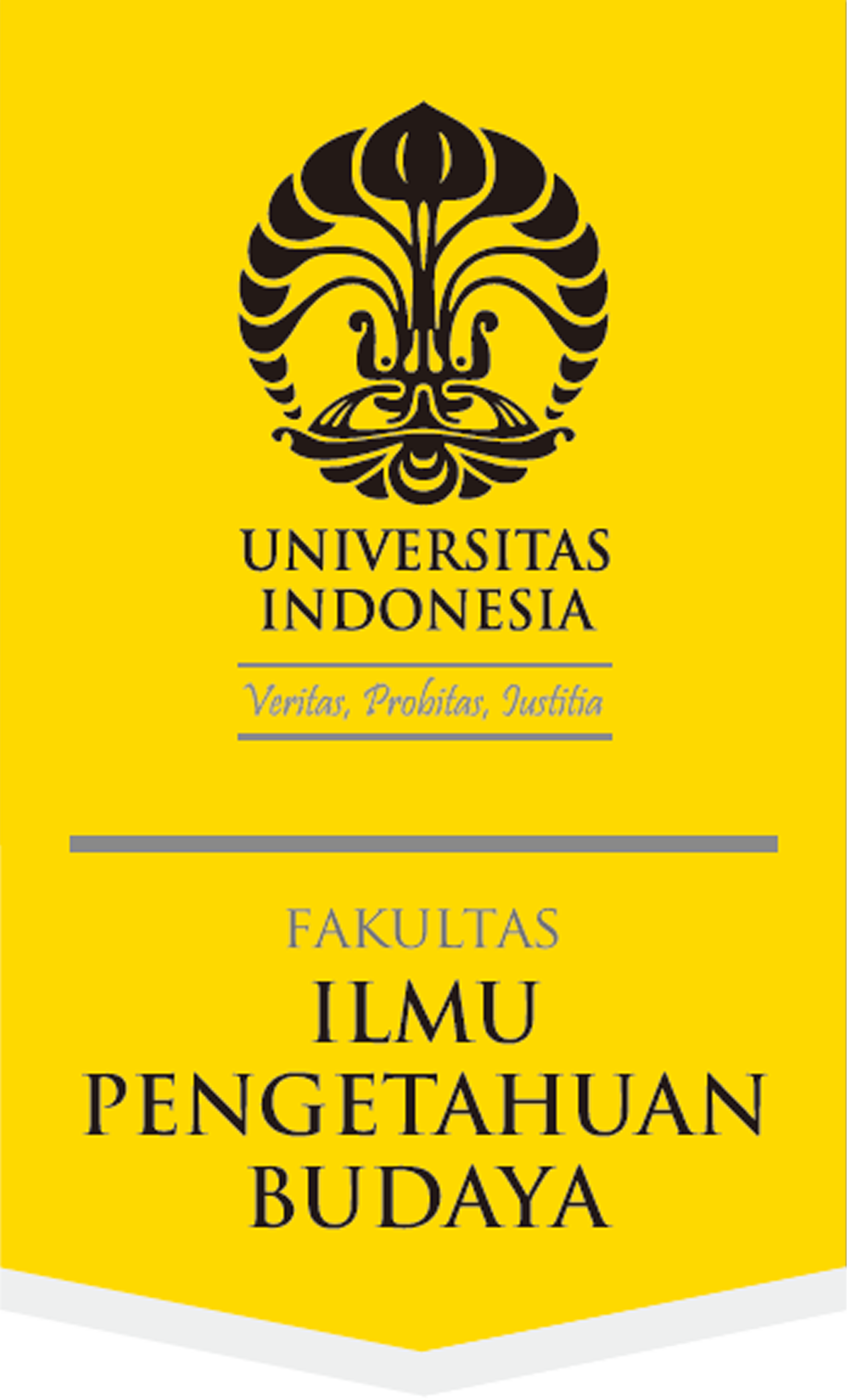Abstract
Fisheries based livelihoods in the Berau Delta are diverse. The everyday life of small-scale fishers shows that gear diversification, changing fishing gear over a lifetime and practical knowledge to access good fishing grounds in the rich coastal waters are the main livelihood strategies developed by fishers. Fishing practices in the coastal frontier of Berau are influenced by the Bugis habitus of patronage networks between the punggawa and the dependent fishers. An essential element in the decision making of fishers is their embeddedness in political-economic patronage networks as the result of values, interests and knowledge contestations. Livelihood trajectories of different fishers from various classes confirm that as social actors, whether rich or poor, they have the agency to search for better livelihoods.
References
Agergaard, Jytte, Niels Fold, and Katherine V. Gough. 2010. “Introduction”, in: Jytte Agergaard, Niels Fold, and Katherine V. Gough (eds) Rural-urban dynamics; Livelihoods, mobility and markets in African and Asian frontiers, pp. 1-22. London and New York: Routledge.
Bernard, Harvey Russell. 2002. Research methods in anthropology; Qualitative and quantitative approaches.Third edition. Oxford: AltaMira Press.
Bourdieu, Pierre. 1990. The logic of practice. Stanford: Stanford University Press.
BPS Berau. 2008. Berau dalam angka 2008. Tanjung Redeb: Badan Pusat Statistik Kabupaten Berau.
BPS Berau. 2011. Berau dalam angka 2011. Tanjung Redeb: Badan Pusat Statistik Kabupaten Berau.
DKP Berau. 1999-2011. Laporan tahunan. Tanjung Redeb: Dinas Perikanan dan Kelautan Kabupaten Berau.
Gunawan, Bambang I. and Leontine E. Visser. 2012. “Permeable boundaries; Outsiders and access to fishing grounds in the Berau marine protected area”, Anthropological Forum 22(2): 187-207.
Haan, Arjan de, Karen Brock, and Ngolo Coulibaly. 2002. “Migration, livelihoods and institutions; Contrasting patterns of migration in Mali”, in: Arjan de Haan and Ben Rogaly (eds), Labour mobility and rural society, pp. 37-58. London: Frank Cass.
Hutabarat, Sahala and Stewart M. Evans. 1985. Pengantar oseanografi. Jakarta: UI Press.
Levang, Patrice. 2002. “Mangroves, shrimps, and punggawa; A historical analysis of the development of the Delta Mahakam”. Unpublished report to PT Win and Total Fina Elf, Jakarta, Indonesia.
Long, Norman. 2001. Development sociology; Actor perspectives. London and New York: Routledge.
Lowe, Celia. 2003. “The magic of place; Sama at sea, on land, in Sulawesi, Indonesia”, Bijdragen tot de Taal-, Land enVolkenkunde 159(1): 109-133.
MMAF. 2006. Statistik perikanan budi daya Indonesia (Indonesian aquaculture statistics) 2005. Jakarta: Departemen Kelautan dan Perikanan.
MMAF. 2009. Statistik kelautan dan perikanan (Marine and fisheries statistics). Jakarta: Kementerian Kelautan dan Perikanan.
MMAF. 2010a. Statistik kelautan dan perikanan (Marine and fisheries statistics) 2008. Jakarta: Kementerian Kelautan dan Perikanan.
MMAF. 2010b. Rencana strategis Kementerian Kelautan dan Perikanan 2010-2014. Jakarta: Kementerian Kelautan dan Perikanan.
MMAF. 2011. Statistik kelautan dan perikanan (Marine and fisheries statistics). Jakarta: Kementerian Kelautan dan Perikanan.
Nontji Anugerah. 2005. Laut Nusantara. Jakarta: Ikrar Mandiri Abadi.
Ontita, Edward G. 2007. Creativity in everyday practice; Resources and livelihoods in Nyamira, Kenya. PhD thesis, Wageningen University.
Pauwelussen, Annet. 2010. “Fishing nets and family ties; An exploration of social resilience in an Indonesian coastal frontier area”. Master thesis, Wageningen University.
Pelras, Christian. 1996. The Bugis. Oxford: Blackwell Publishers.
Pelras, Christian. 2000. “Patron-client ties among the Bugis and Makassarese of South Sulawesi”, in: G. Acciaioli, K. van Dijk, and R. Tol (eds), Authority and enterprise among the peoples of South Sulawesi, pp. 15-54. Leiden: KITLV Press. [Verhandelingen 188.]
Poate, C.D. and P. F. Daplyn. 1993. Data for agrarian development. Cambridge: Cambridge University Press.
Schrauwers, Albert. 1999. “It’s not economical; The market roots of a moral economy in highland Sulawesi, Indonesia”, in: Tania M. Li (ed.), Transforming the Indonesian uplands; Marginality, power and production, pp. 105-130. Amsterdam: Harwood Academic Publishers.
Timmer, Jaap. 2011. “Being seen like the state; Emulations of legal culture in customary labor and land tenur arrangements in East Kalimantan, Indonesia”, American Ethnologist 37(4): 703-712.
Wiryawan, Budi, Khazali, and Maurice Knight. 2005. Menuju kawasan konservasi laut Berau Kalimantan Timur; Status sumber daya pesisir dan proses pengembangan KKL. Program bersama Kelautan Berau TNC-WWF-Mitra Pesisir/CRMP II USAID. Jakarta.
Visser, Leontine E. and Dedi S. Adhuri. 2010. “Territorialization re-examined; Transborder marine resources exploitation in Southeast Asia and Australia”, in: W. de Jong, D. Snelder, and N. Ishikawa (eds), Transborder governance of forests, rivers, and seas, pp. 83-98. London: Earthscan.
Yin, Robert K. 2003. Case study research; Design and methods. London and New Delhi: Sage Publications.
Recommended Citation
Gunawan, Bambang Indratno
(2016)
"The diversity of fisheries based livelihoods in the Berau Delta, East Kalimantan,"
Wacana, Journal of the Humanities of Indonesia: Vol. 17:
No.
1, Article 5.
DOI: 10.17510/wacana.v17i1.429
Available at:
https://scholarhub.ui.ac.id/wacana/vol17/iss1/5









